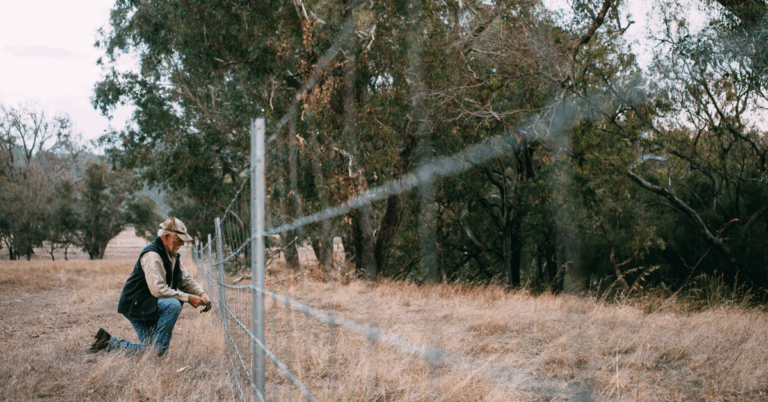
Could living firebreaks in WA’s South West be a tool for helping reduce the impact on communities and landscapes of predicted increases in climate-driven disaster?
It’s a question South West NRM is seeking to answer via a new one-year trial which forms part of a collective effort by the NRM sector nationally, to better understand the potential for nature-based solutions (NbS) to mitigate the impacts of fire, flood and climate risks.
NRM Regions Australia Nature-led Resilience Program Lead Sarah Hoyal said: “The Living Firebreaks project is an innovative response to a critical challenge – fire – that faces the South West Region and many other parts of Australia.
“We’re pleased to be partnering with SW NRM to advance knowledge and practice for the benefit of community, industry, and nature.”
What’s a Living Firebreak?
Living firebreaks are planted areas of low flammability vegetation that are strategically placed in the landscape to slow and reduce fire spread.
South West NRM CEO Dr Manda Page said the trial would explore the design of living firebreaks (including species selection, location, size and extent) to suit West Australian conditions, with the aim of maximising success by delivering landscape-scale risk reduction.
Who we’re working with
South West NRM is working with up to six farmers who will provide land to install the living firebreaks and collaborating with two Australian universities on the design and research components of the project. Input from Traditional Owners will be sought to inform plant selections and understanding of fire behavior-plant interactions.
Why this is needed
Dr Page said the United Nations’ Intergovernmental Panel on Climate Change (IPCC) continues to identify the South West of Western Australia as a global drying hotspot which is supported by Bureau of Meteorology data showing a 20 per cent reduction in rainfall since the 1970s.
“We expect there will continue to be significant increases in the extent and impacts of bushfires on people and the environment which creates a compelling case to identify and test novel approaches to fire management,” Dr Page said.
“The concept of ‘green firebreaks’ has been explored on the east coast of Australia and overseas however there are no current examples of the practice in South West, WA.
“Living or green firebreaks are not intended to replace existing fire prevention and management techniques but – depending on the outcomes of this trial – could provide an additional tool in addressing the risks associated with changing climatic conditions.”
Nature-led resilience is an ongoing NRM Regions Australia program to improve awareness, capability, and investment for nature-based solutions that can deliver broad benefits across Australia. The initial Nature-led Resilience: Safeguarding Regions from Fire, Flood and Climate Risks project runs from May 2024 to May 2026, with support from the Minderoo Foundation.
